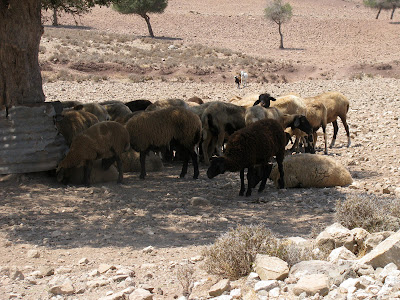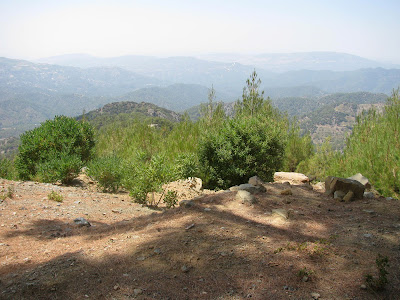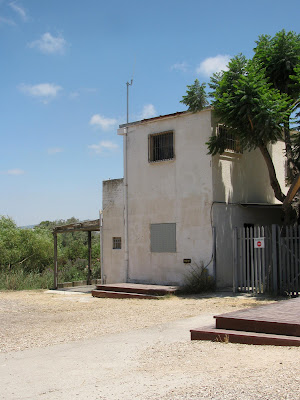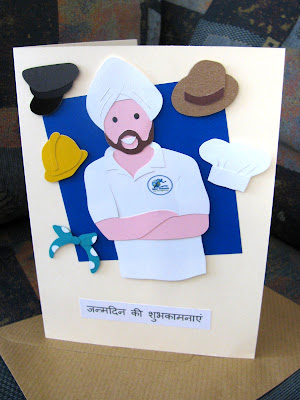I am going to give you a taste of our trip, though believe me, it was very hard to whittle down that 'taste' to a few photos that I feel sum up our holiday! We had a fantastic time exploring cobbled village lanes, walking on beautiful pebbly beaches (my kids will tell you I am not a great fan of sand!), visiting beautiful monasteries and churches, and eating delicious fish in local village tavernas.
We went on an "Akamas" tour where we started the day with a walk into the Avakas Gorge in Cyprus's Akamas Peninsula, then visited Lara Bay and the Turtle Conservation Sanctuary for endangered green and loggerhead turtles. We then drove north, through the Akamas Peninsula National Park and through some beautiful villages, visiting the Baths of Aphrodite and then going for a swim in the clear blue sea.
Another day we stopped to admire the view at Petra tou Romiou, also known as Aphrodite's Rock, a sea stack in Paphos, then strolled through the desert-like landscape of the Tomb of the Kings. The mosaics at Nea Paphos were absolutely beautiful, though I would suggest visiting very early in the morning or late afternoon - it was hot!
For a change of scene we ventured into the Troodos Mountains, the largest mountain range in Cyprus. The mountain village of Omodos, the wine centre of the inland region, enticed us with its colourful, cobblestone square, narrow alleyways and wood crafted verandas overlooking the streets. Lace making and embroidery is a 2,000-year-old Cypriot tradition, so beautifully crafted lace pieces were in every local shop.
Cyprus's countryside, archaeological sites, sporting activities and shimmering blue sea really got to us, yet there was more to see of the divided island...
For a change of scene we ventured into the Troodos Mountains, the largest mountain range in Cyprus. The mountain village of Omodos, the wine centre of the inland region, enticed us with its colourful, cobblestone square, narrow alleyways and wood crafted verandas overlooking the streets. Lace making and embroidery is a 2,000-year-old Cypriot tradition, so beautifully crafted lace pieces were in every local shop.
Cyprus's countryside, archaeological sites, sporting activities and shimmering blue sea really got to us, yet there was more to see of the divided island...










































































